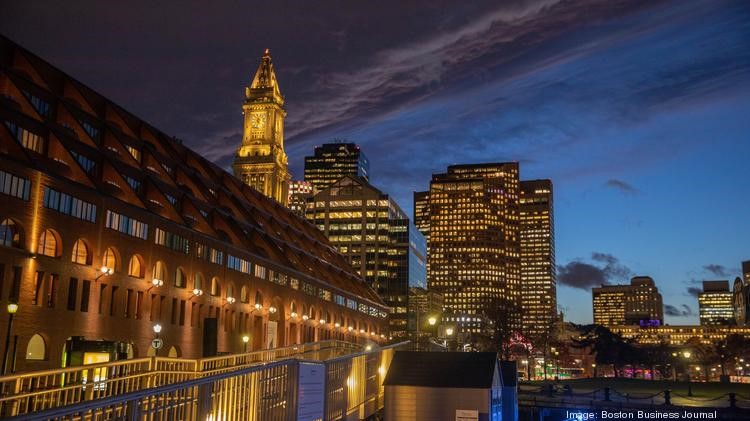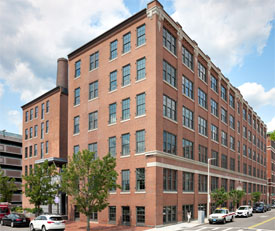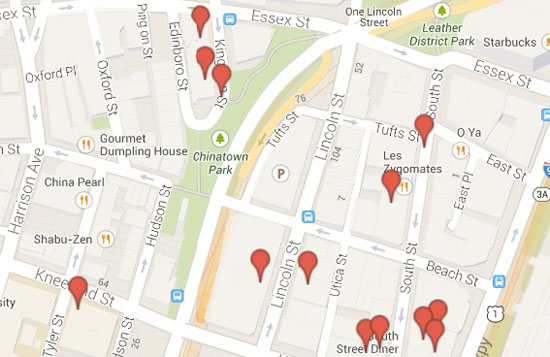Seaplanes are making waves in Boston. Boston Harbor last saw seaplanes in the 1940’s and as the congestion continues worsen it appears they will be making a comeback for trips to NYC.
Cape Air targets Boston’s Long Wharf as a seaplane docking spot

The Boston skyline is viewed from Long Wharf.
GARY HIGGINS
Cape Air has its eyes on a new location on Boston Harbor to launch its long-planned seaplane service between Boston and New York: Long Wharf.
Officials from the Hyannis-based airline will host a public meeting Wednesday, Dec. 18 at the Long Wharf Marriott to discuss “a proposal to serve Boston Waterboat Marina, 66 Long Wharf, with a 9-seat seaplane airline service available to the public.”
Andrew Bonney, senior vice president of planning for Cape Air, said in an interview that the airline has worked with officials including the Federal Aviation Administration, the U.S. Coast Guard and the Boston Planning and Development Agency regarding launching a Cessna Caravan Amphibian between Boston and New York.
Cape Air flights would load at the tip of Long Wharf before taxiing one mile out to Boston Logan International Airport’s Runway 1432 and taking off, Bonney said. The flights would use the same spot for landing.
Before the service can launch, Cape Air would need to obtain a license amendment from the BPDA, which owns Long Wharf.
“The BPDA has asked Cape Air to conduct a community process, including stakeholder outreach, about their proposal for Long Wharf before anything can move forward,” spokesperson Bonnie McGilpin said in a statement. “If there is support for the proposal, BPDA would need to amend the license for Long Wharf to reflect these uses and that would require approval by the BPDA Board.”
If Cape Air receives the city license amendment and other federal regulatory requirements, Bonney hopes to launch by springtime.
A one-way flight would cost between $320 and $340 to travel the 191 miles between the two cities, according to Bonney. Traveling by plane or train from Boston to New York typically takes around three and a half hours, while a seaplane can go downtown to downtown in one hour, he said.
In the 1920s, seaplanes going between Boston and New York would dock behind South Station. But seaplane service hasn’t existed in Boston since the 1940s.
“We think it’s really exciting to be able to bring back this mode of transportation to the city of Boston,” Bonney said.
Catherine Carlock can be reached at ccarlock@bizjournals.com. Follow her on Twitter at @BosBizCatherine


